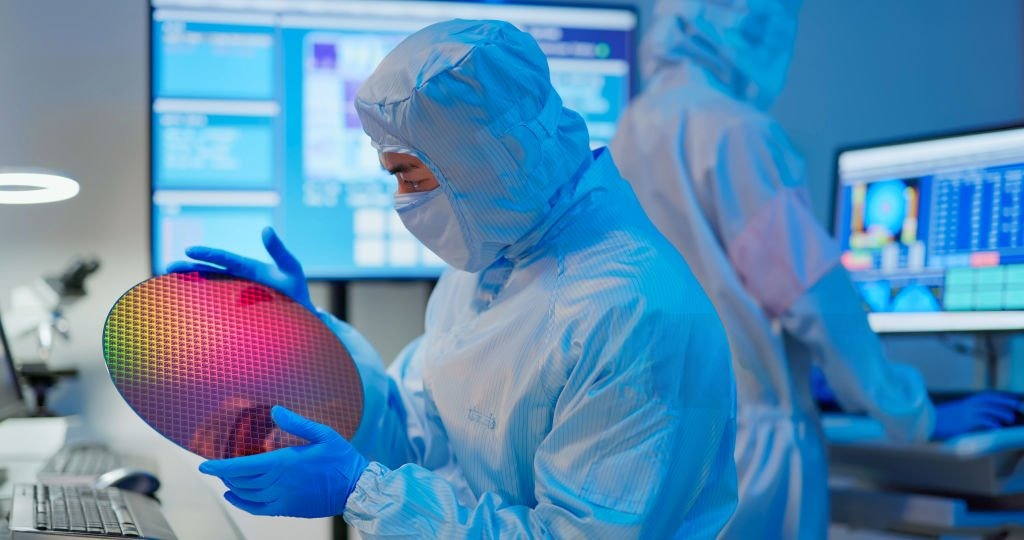IoT Motion Detection Solutions: Enhancing Smart Automation
Table of Contents
Introduction to IoT Motion Detection
Motion detection is a key feature of many IoT (Internet of Things) solutions, providing the ability to detect physical movement and trigger actions or alerts in smart systems. These solutions leverage sensors and connectivity to detect motion in real-time, enabling automation in various environments such as homes, businesses, and industrial applications. IoT motion detection plays a critical role in enhancing security, energy efficiency, and user convenience in smart environments.
Working Principle of IoT Motion Detection
IoT motion detection systems typically consist of motion sensors, microcontrollers, and wireless communication modules. The sensors detect movement through different mechanisms such as infrared, ultrasonic, or accelerometer-based technologies. Once motion is detected, the system triggers a response, such as sending a notification or activating an action through IoT connectivity (e.g., Wi-Fi, Bluetooth, Zigbee, or cellular networks).

Technologies Behind IoT Motion Sensors
There are several core technologies used in IoT motion detection solutions, each with its unique advantages:
- Passive Infrared (PIR) Sensors: PIR sensors detect motion by sensing changes in infrared radiation emitted by objects, such as humans or animals. These sensors are widely used in home automation and security applications.
- Ultrasonic Sensors: Ultrasonic sensors use sound waves to detect movement by measuring the time it takes for the waves to bounce back. These sensors are commonly used in automotive and industrial applications.
- Accelerometer Sensors: Accelerometers detect motion or changes in orientation by measuring acceleration. These sensors are used in applications like wearable devices, fitness trackers, and robotics.
- Radar Sensors: Radar motion sensors use electromagnetic waves to detect movement. These sensors are typically used in more advanced systems, including automotive and industrial automation.

Applications of IoT Motion Detection Solutions
IoT motion detection solutions have a broad range of applications across various industries:
- Smart Homes: IoT motion detection is widely used in smart home automation systems to control lighting, security cameras, and alarms, based on movement within the home.
- Security and Surveillance: Motion detection plays a crucial role in monitoring physical spaces for security breaches, triggering alerts or camera recordings when movement is detected.
- Industrial Automation: IoT motion sensors can monitor equipment, machinery, and workers' movements, ensuring safety and optimizing production efficiency in industrial environments.
- Healthcare and Wearables: Wearables equipped with motion sensors can monitor a person's movement patterns for health tracking, fall detection, and other medical applications.
- Retail and Commercial: Motion sensors in retail stores can help with customer tracking, store traffic analysis, and inventory management.

Benefits of IoT Motion Detection
The integration of IoT motion detection into systems provides numerous advantages:
- Enhanced Security: Motion sensors can instantly detect unauthorized movement, triggering alarms and surveillance systems to prevent potential threats.
- Energy Efficiency: Motion detection allows smart systems to turn off lights and appliances when no movement is detected, saving energy in homes and offices.
- Automation: IoT motion sensors enable automation of everyday tasks, such as adjusting lighting, locking doors, or controlling HVAC systems based on user movement.
- Cost Savings: By optimizing energy use and enhancing safety, IoT motion detection can help reduce operational costs in both residential and commercial applications.
Challenges in IoT Motion Detection
Despite their benefits, IoT motion detection solutions face several challenges:
- False Positives: Motion sensors can sometimes trigger false alarms due to environmental factors such as pets, wind, or noise.
- Power Consumption: While many IoT motion sensors are low power, long-term battery life remains a challenge, especially in large-scale deployments.
- Interference: Some motion detection technologies, such as infrared or ultrasonic, may be sensitive to interference from other electronic devices or obstacles.
The Future of IoT Motion Detection
The future of IoT motion detection solutions looks promising, with advancements in sensor technology and IoT networks driving innovation. In the coming years, we can expect:
- Improved Accuracy: More sophisticated algorithms and sensor fusion techniques will enhance the accuracy of motion detection, reducing false positives.
- Better Energy Efficiency: Advances in low-power sensors and energy harvesting technologies will extend the lifespan of motion detection devices.
- AI Integration: Artificial intelligence and machine learning will play a larger role in interpreting motion data, enabling smarter and more adaptive systems.
- Wider Adoption: As IoT networks expand and sensor technology improves, motion detection solutions will become an integral part of more industries and applications.


